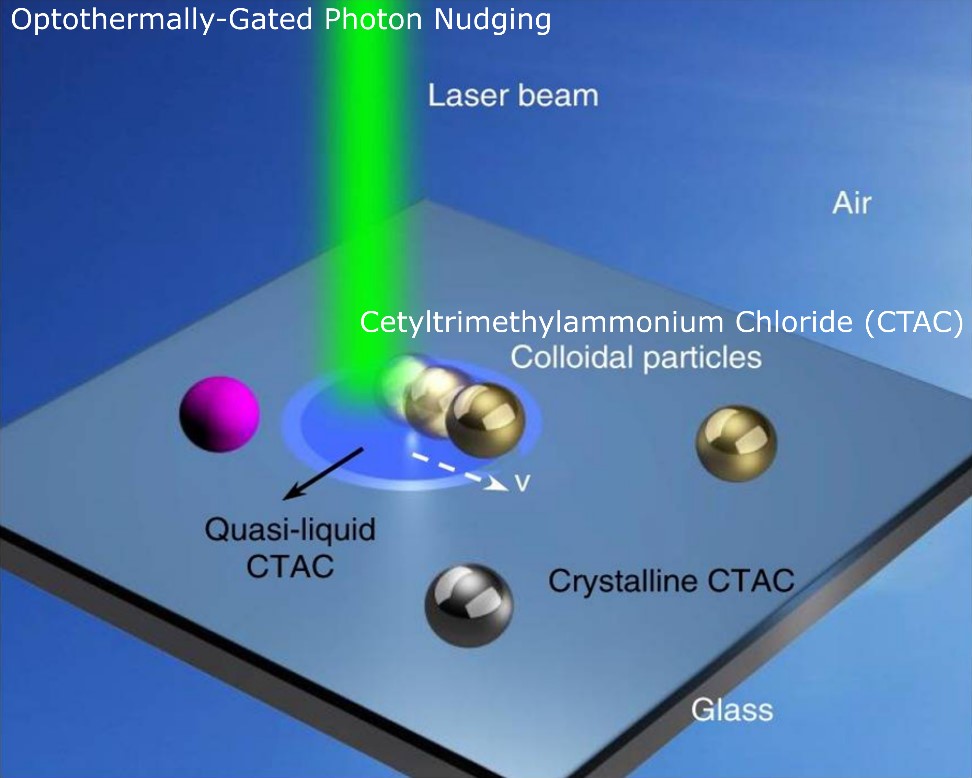Background
Colloidal particles are becoming an increasingly prevalent feature in many emerging technologies. The ability to control these particles and construct them into desired nanostructures for functional devices is necessary to realize their benefits in real-world applications. Many existing technologies to control colloidal particles function by manipulating the particle in a liquid medium. Then, once the particles have been assembled into the desired formation, the nanostructure is transferred from the liquid medium to a solid substrate for use. A major shortcoming of this strategy is that strong capillary forces in a liquid environment can change the position of some particles, causing the whole structure to collapse before transferring to a solid substrate. Brownian motion is also a problem, as it can interrupt the manipulation process and drastically limits process precision.
Technology description
Researchers at The University of Texas at Austin have developed a technology that circumvents these challenges by being able to operate without a liquid medium. The developed all-optical technique, termed optothermally gated photon nudging, allows for versatile manipulation and dynamic patterning of a variety of colloidal particles on a solid substrate with nanoscale accuracy. Figure 1 provides a schematic representation of this new process. This method is non-invasive and does not require physical contact with the particles being manipulated, making it useful in fields such as nanofabrication, electronics, biology, and high-vacuum instrumentation.
Reference
Zheng et al., Nat. Comm. (10) 12 Dec 2019. DOI:10.1038/s41467-019-13676-3

Figure 1. Schematic representation of the optothermally gated photon nudging process.

